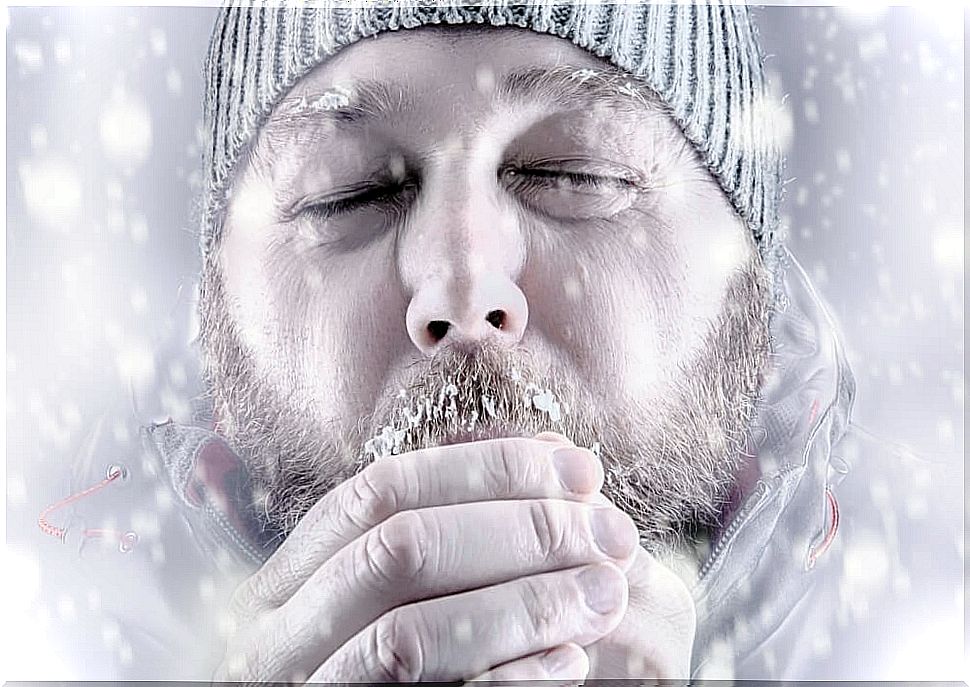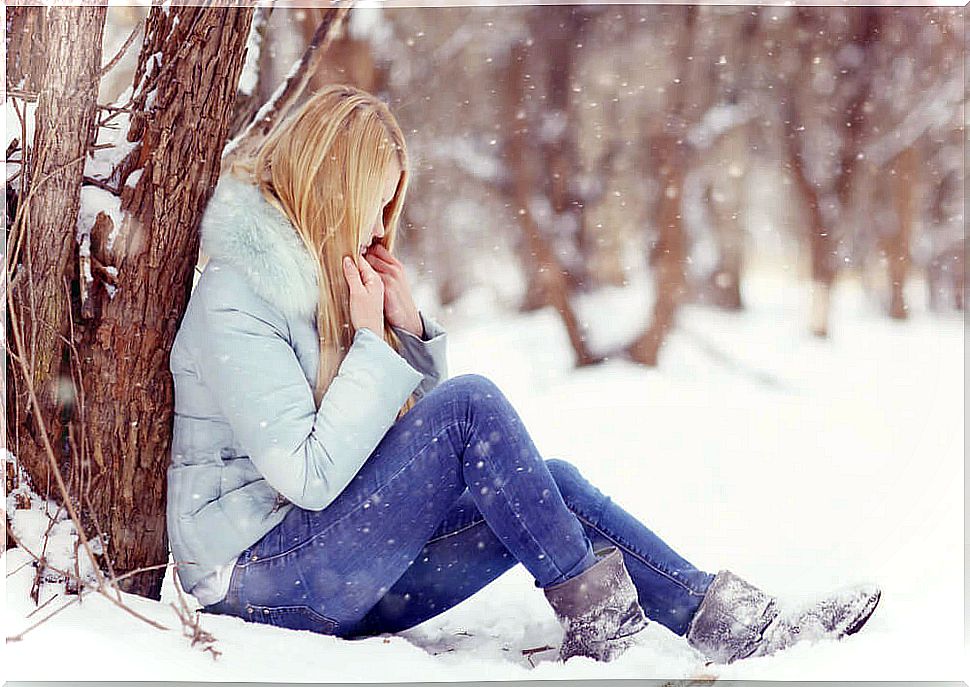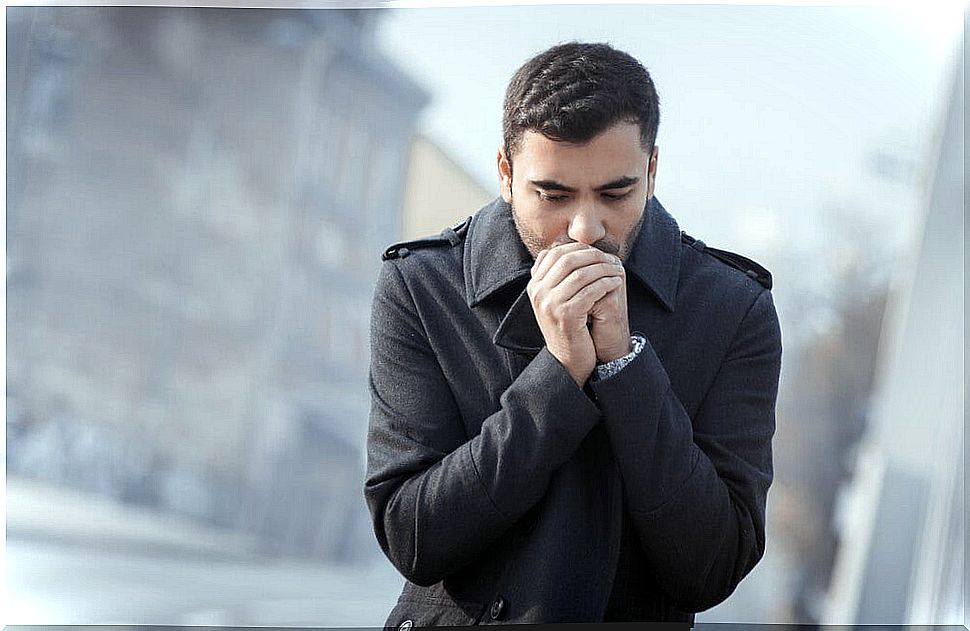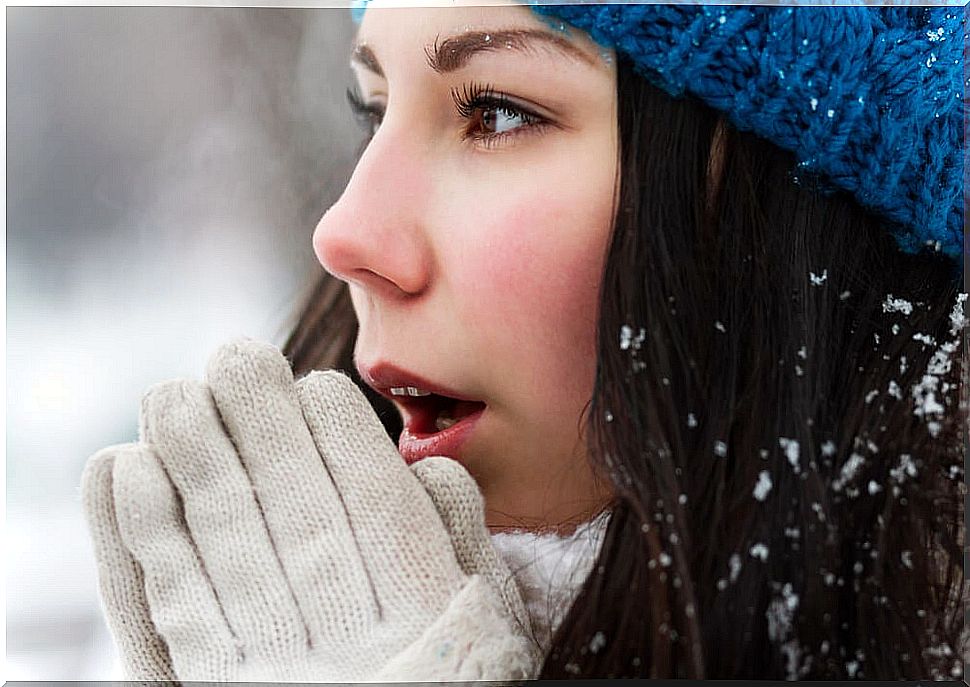How To Avoid Hypothermia
Be aware of the symptoms of hypothermia. Chills, confusion, and shortness of breath are the main signs that the body temperature has dropped.

When the body temperature falls below 36 ° C it can have harmful effects on the body. In some cases, it can even lead to death.
In this article we will tell you how to avoid mild hypothermia, which is accompanied by tremors, clumsiness of movements and mental confusion.
What is hypothermia
An involuntary drop in body temperature can have serious consequences. There are three types of hypothermia :
- Leve. The temperature is between 33 and 35 ° C and causes confusion, tremors and awkward movements.
- Moderate Between 30 and 33 ° C and the symptoms are disorientation, memory loss and semi-consciousness.
- Serious. Below 30 ° C and includes loss of consciousness, decreased heart rate, and strained and dilated pupils.

The main cause of hypothermia is exposure to intense cold, for example, in the mountains or during a heavy snowfall. It can also be caused by hypothyroidism, alcoholism, or drug addiction.
The severity of hypothermia has well-known examples throughout history. Some of the “famous cases” of hypothermia include the following :
Napoleon’s troops
During the withdrawal of the Russian troops under the command of Napoleon Bonaparte (winter of 1812) many soldiers died from the low temperatures.
Titanic
The frozen waters and the sub-zero temperature caused hundreds of victims. Not only of those who had fallen into the water, but also of those who were in lifeboats, but did not have enough shelter.
Second World War
On the Eastern Front, millions of people (civilians and soldiers) both Germans and Soviets died when exposed to temperatures of -40 ° C. During the Battle of Stalingrad thousands of people also died from hypothermia.
Mount Everest
On expeditions to climb the highest mountain in the world, even the most experienced can suffer the consequences of the low temperatures of the ascent.
How to avoid hypothermia

You don’t have to be a mountain climber to get hypothermia, even a mild one. If we live in a place where winter is harsh or we are going to travel to a destination with snow, we must take into account these recommendations to avoid hypothermia :
1. Assess the weather situation
No matter what the plans are during your stay or trip, find out about the weather and the minimum temperature. These forecasts are usually quite accurate in terms of the data they provide. If it is going to be too cold, you may be able to postpone the excursion, especially if it is outdoors.
2. Exercise caution at night
When it gets dark the temperature drops. So if your plan is to spend the night in a tent, for example, bring more warm clothing, such as socks, a hat, and gloves. The better sleeping bag is thermal.
3. Wear warm clothes

The most sensitive areas of the body should be well sheltered. In this way, you can protect vital organs from the consequences of low temperatures. The “layering” system is the most effective in these cases. The areas that require more shelter are:
- The chest.
- The groin.
- Head.
- The neck.
- The armpits.
As they are the ones that lose heat the fastest, they must be well sheltered. Also, don’t forget to wear extra socks and gloves at all times to avoid frostbite of the limbs.
4. Wear three layers of clothing
There is an established order to dress when it is very cold or we are going to be in a snowy environment for several hours (such as ski days or mountain excursions). There is a combination of garments that provides more protection and warmth. It is not a matter of dressing more but strategically.
The first layer of clothing is the one that is attached to the body. The garments must be antiperspirant. Don’t forget a long-sleeved shirt and polyester leggings. The second layer should be made of wool (warm materials) that offers insulation and allows perspiration. And the third layer must be waterproof and windproof.
5. Stay dry

Moisture from perspiration, snow, or rain can be very dangerous. To avoid hypothermia, it is essential to avoid certain areas remaining wet for a long time, such as the feet.
6. Seek refuge
If you are in an outdoor place and it snows or rains harder and harder, look for a place to take shelter. In the parks or mountains there are usually shelters where they offer hot drinks. Take the opportunity to change clothes that are wet.
7. Drink hot drinks

Soup, coffee or tea can be of great help in case of the first symptoms of hypothermia, since they increase the body temperature.
Also “strong” alcoholic beverages such as vodka or tequila can meet this goal, however, it is not recommended due to the consequences on the body. In these cases it is beneficial to eat caloric foods.
8. Take a hot bath
If you have been very cold, the best thing you can do when you get to a safe and comfortable place is to take a shower with the hottest water possible. Be careful because the sudden change in temperature can make you dizzy, or it can even cause pain in certain parts of the body (for example, the feet and hands).
9. Pay attention to the symptoms of hypothermia
Chills, confusion, and shortness of breath are signs that the body temperature has dropped. In addition, there may be reddened skin, drowsiness, and difficulty speaking.
Don’t ignore these symptoms
You should pay close attention to any of these symptoms. If you think they are due to the cold, you should immediately take a remedy to avoid hypothermia before it is too late.









